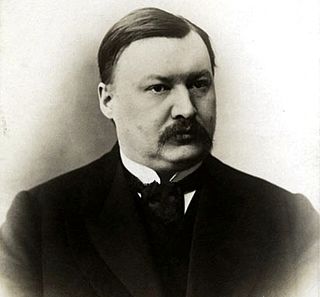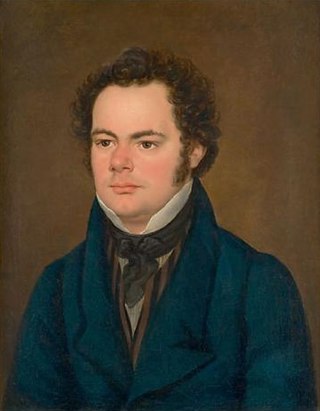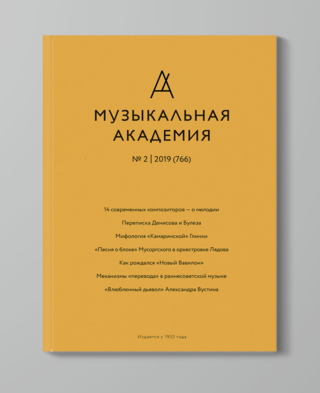Ozan Marsh was a pianist active in concert performances throughout the world as well as across the United States.

The Violin Concerto in A minor, Op. 82, by Alexander Glazunov is one of his most popular compositions. Written in 1904, the concerto was dedicated to violinist Leopold Auer, who gave the first performance at a Russian Musical Society concert in St. Petersburg on 15 February 1905. The British premiere of the concerto followed just over a year later, under the direction of Sir Henry Wood and with Mischa Elman as soloist.
The Concerto in C minor for Piano, Trumpet, and String Orchestra, Op. 35, was completed by Dmitri Shostakovich in 1933.
The Piano Concerto No. 2 in G minor, Op. 23 by Dmitry Kabalevsky was composed in 1935 and then revised in 1973. It is considered in some quarters to be the composer's masterpiece. Its first performance was given in Moscow on May 12, 1936. It consists of three movements:
Piano Concerto No. 1 refers to the first piano concerto published by one of a number of composers:
The Piano Concerto No. 3 in D major, Op. 50 by Russian composer Dmitri Kabalevsky is one of three concertos written for and dedicated to young performers within the Soviet Union in 1952, and is sometimes performed as a student's first piano concerto. This sunny and tuneful piece manages to combine effective apparent pianistic pyrotechnics whilst keeping it within the range of ability of a keen student.
The Strathclyde Concertos are a series of ten orchestral works by the English composer Sir Peter Maxwell Davies.
Sergei Prokofiev's Cello Concertino in G minor, Op. 132 was left incomplete at the composer's death in 1953. It was completed by Mstislav Rostropovich and Dmitry Kabalevsky.
An organ concerto is a piece of music, an instrumental concerto for a pipe organ soloist with an orchestra. The form first evolved in the 18th century, when composers including Antonio Vivaldi, George Frideric Handel and Johann Sebastian Bach wrote organ concertos with small orchestras, and with solo parts which rarely call for the organ pedal board. During the Classical period the organ concerto became popular in many places, especially in Bavaria, Austria and Bohemia, reaching a position of being almost an integral part of the church music tradition of jubilus character. From the Romantic era fewer works are known. Finally, there are some 20th- and 21st-century examples, of which the concerto by Francis Poulenc has entered the basic repertoire, and is quite frequently played.

Yakov Vladimirovich Flier was a Jewish Russian concert pianist and teacher.

The Fantasia in F minor by Franz Schubert, D.940, for piano four hands, is one of Schubert's most important works for more than one pianist and one of his most important piano works altogether. He composed it in 1828, the last year of his life. A dedication to his former pupil Caroline Esterházy can only be found in the posthumous first edition, not in Schubert's autograph.
The Cello Concerto No. 1, Op. 50, was composed by Heitor Villa-Lobos in 1915 according to the manuscript, though the printed score of the piano reduction gives 1913. It is the composer's first large-scale work, and shows the unmistakable influence of Tchaikovsky.
Dmitry Kabalevsky's Piano Sonata No. 2 in E-flat major, Op. 45 was composed in 1945 and dedicated to Emil Gilels. It is the most vast and dramatic of Kabalevsky's three sonatas. A War Sonata such as Sergei Prokofiev's trilogy, its first movement has been compared to that of Dmitri Shostakovich's Symphony No. 7.
Matthew Krel was a Russian-Jewish conductor who migrated to Australia and in 1988 founded the SBS Radio and Television Youth Orchestra, of which he was the chief conductor until his death. Like his Soviet friend, the composer Dmitry Kabalevsky, he was passionate about creating quality musical performance ensembles for young people. He was also profoundly influenced by Zoltán Kodály's philosophy.
The Comedians, Op. 26, is an orchestral suite of ten numbers by Dmitry Kabalevsky. It is one of his best-known and best-loved works.
The Piano Concerto No. 3 in A-flat major is a piano concerto composed by Japanese composer Hisato Ohzawa. This work is subtitled Kamikaze after the aircraft Kamikaze, and was premiered under the baton of the composer on June 24, 1938, by the Takarazuka Symphony Orchestra, with Maxim Shapiro at the piano.

Dmitry Borisovich Kabalevsky was a Soviet composer, conductor, pianist and pedagogue of Russian gentry descent.
Dmitri Kabalevsky composed two cello concertos. He is primarily a pianist and composer for piano. Kabalevsky had a career as a music educator, composer and member of the International Society for Music Education (ISME). Kabalevsky's works have been regarded unfavorably by many because of his associations and allegiance with the Communist Party and is referred to by some as a "Soviet Composer", who was "self-serving, sly, and opportunistic to the extreme." However, his compositions including the two cello concertos are widely used by various students around the world to learn technique and musicality.

Music Academy is the oldest Russian peer-reviewed academic journal about music.

Pavel Lvovich Gililov is a Russian classical pianist who has held German citizenship since 2003.





